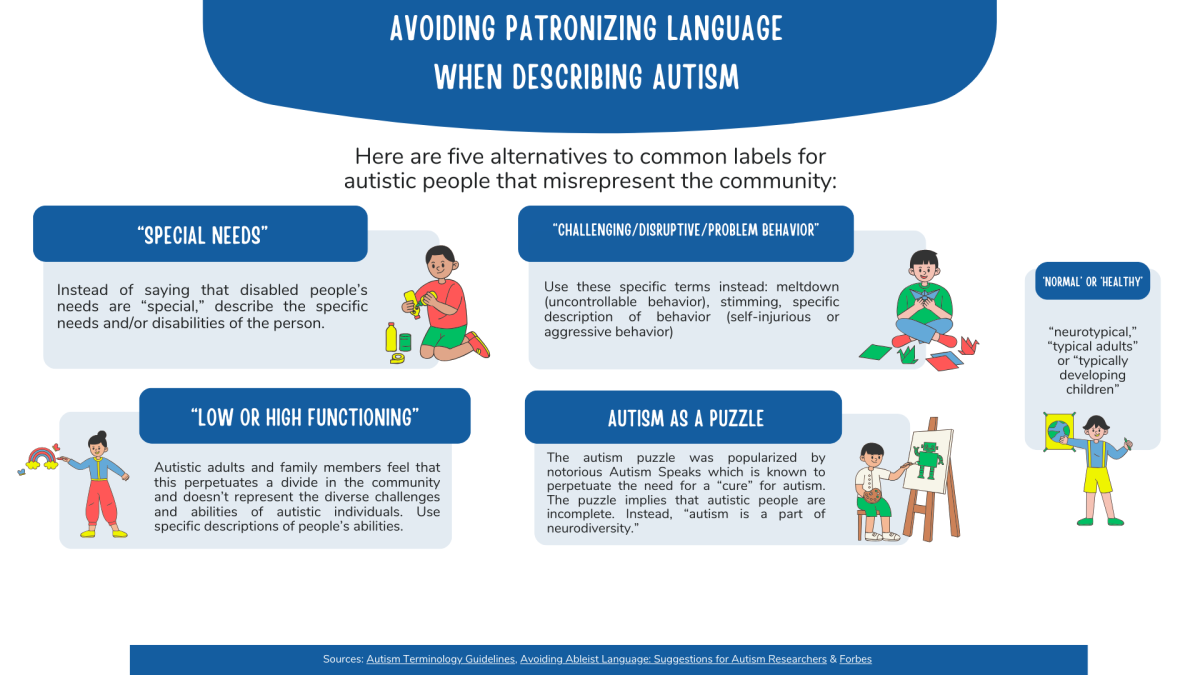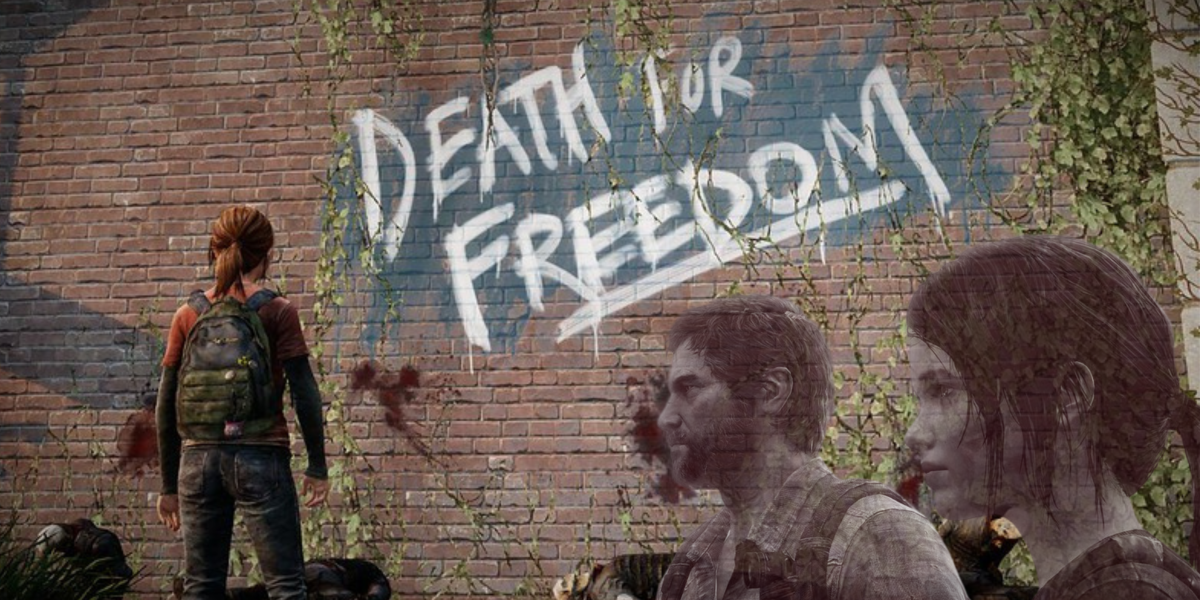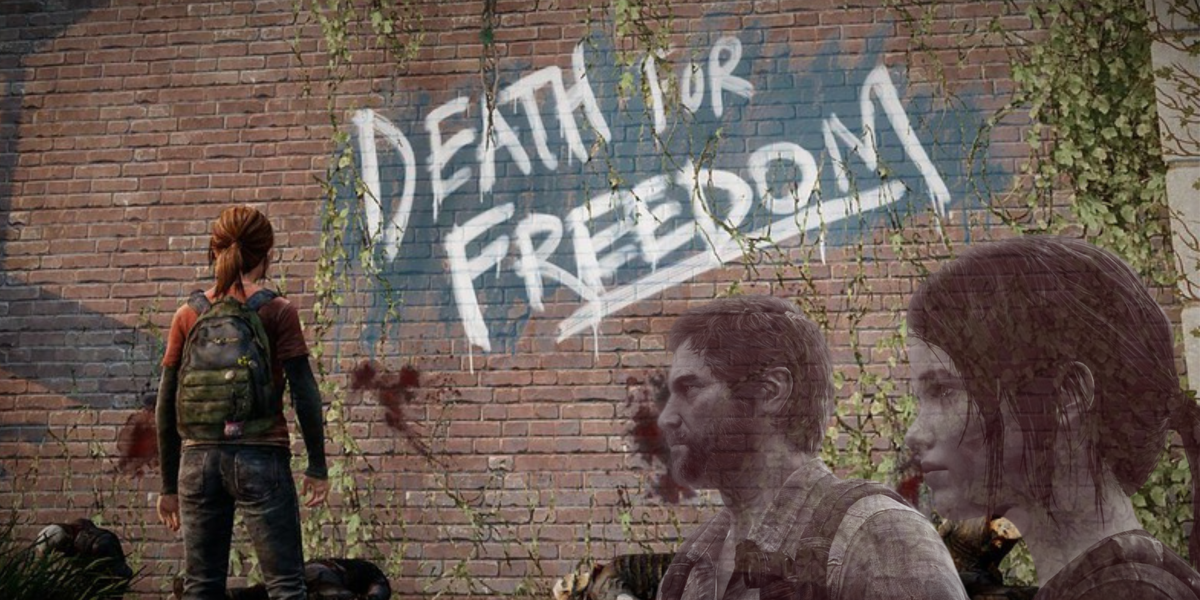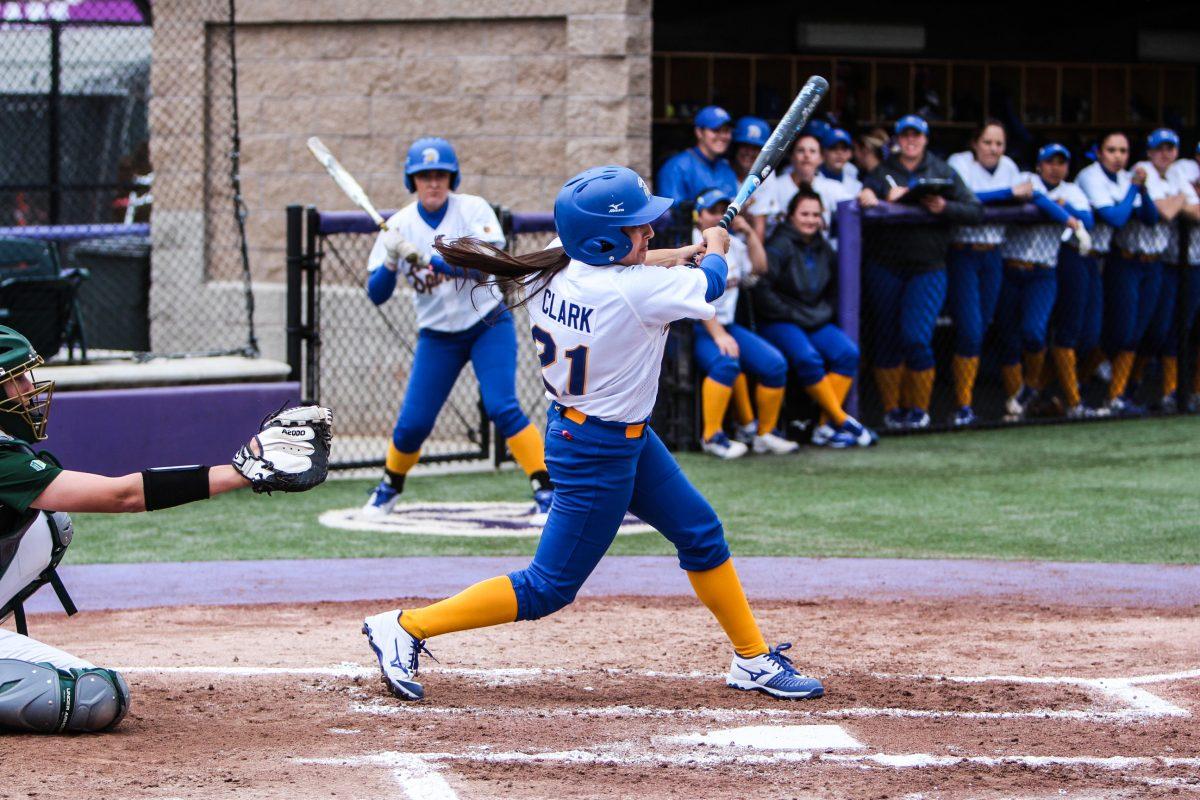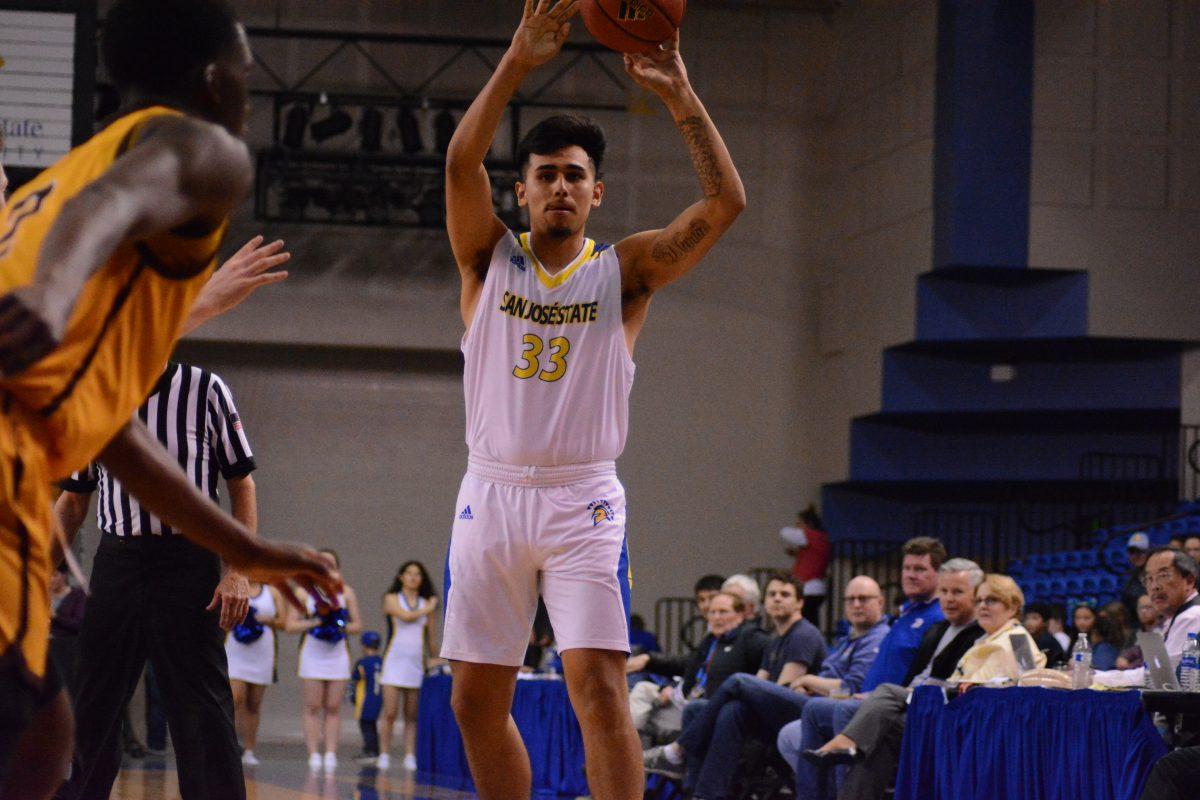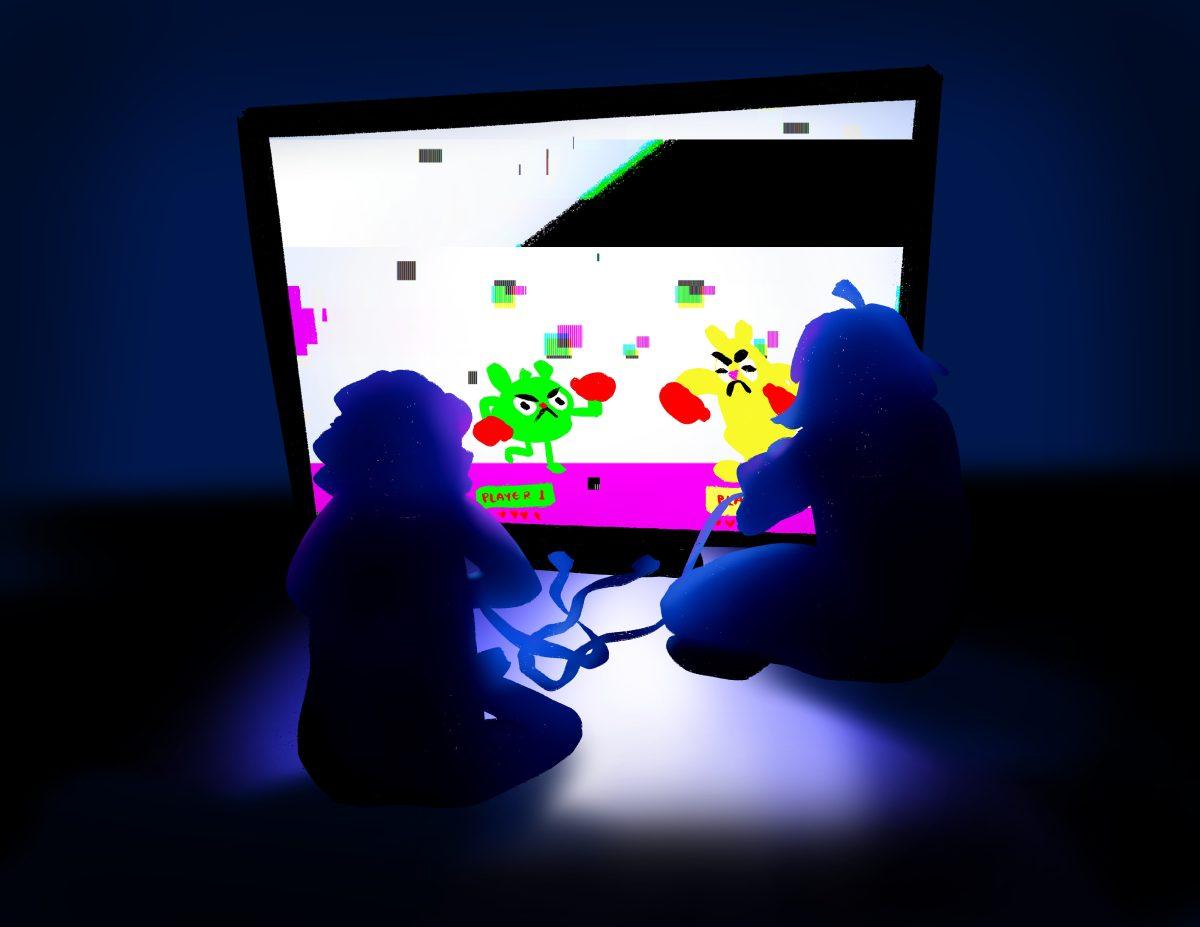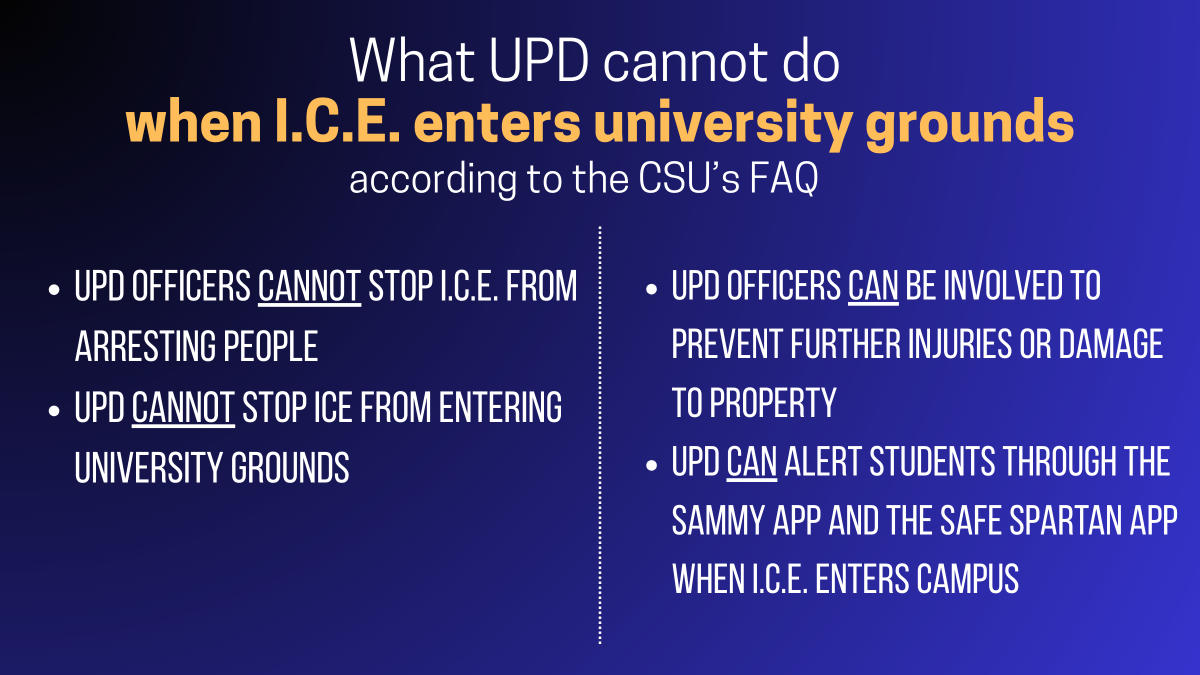You’ve spent the last three hours in front of your TV playing Fortnite trying to reach the top ten.
Over the last six games you’ve played, you barely made it to the top 20.You keep on going, and now, it is just you and two other players on the map.
You start thinking: “This will be the game, and I am going to make it!”
Your hands start to sweat as you are nervous, the wait seems never ending.
Then, you hear guns blasting: the other two players are fighting.
You just have to wait for one of them to survive, and then start shooting at him with everything you have in your inventory.
You finally win.
Your reward? A nice display saying “Victory Royale.”
In many online video games, there is no reward outside those ten seconds of glory.
You might gain new costumes for your character, and you might get a better rank in the leaderboards.
But there is nothing more than that.
The new gaming world is constantly connected with online features that are supposed to improve the gaming experience, but result in the decline of single-player video games.
Clear signals regarding the trend had been largely predicted in 2017 by video game company Electronic Arts (EA), one of the most prolific and profitable companies in the video game industry, according to a Nov. 29, 2017 article published by the British freesheet newspaper Metro.
More specifically, in 2017 EA canceled a linear single-player video game titled Ragtag based on the universe of Star Wars because that category of games lacked popularity among players, according to the same article.
The same month, EA published Star Wars Battlefront II, an action-shooter video game largely based around online multiplayer features.
The bottom line is that online-multiplayer video games are much more profitable than single-player linear video games, according to a Oct. 27, 2017 article by GameIndustry, an online magazine talking about the global video game industry.
Microtransactions and downloadable content (DLC) are two important sources of revenue of “free-to-play” video games, according to an Aug. 27, 2021 article published by the financial media website Investopedia.
Over the years, the role of microtransactions has been often connected to negative effects on younger players.
More specifically, gambling disorder and internet gaming disorder have been related to microtransactions and loot boxes, according to a Jun. 15, 2022 study published by the National Library of Medicine.
If microtransactions are still not a big deal, a six-year-old child spent over $16,000 in microtransactions using his mom’s credit card, according to a Dec. 12, 2020 New York Post article.
The majority of online-multiplayer video games are profitable businesses, but the immersion and stories offered by single player video games are not even comparable.
In the past, players had the opportunity to play extraordinary single player video games. The Tomb Raider’ series, which started with its first chapter in October 1996, is one of the first examples where the plot and the level design perfectly mixes together.
More recently, the 2020 game The Last Of Us: Part II is a great example of how single-player video games are still capable of impressing players and critics alike.
Created by Naughty Dog, The Last Of Us: Part II is the most awarded video game in history, according to a Jan. 26, 2021 article by ScreenRant, and it is also a shining gem of the video game industry.
In addition to the decline of single-player video games, the new world of gaming lacks local multiplayer.
Local-multiplayer video games characterized my youth, but now it feels dreadful to see that relationship completely substituted by online interactions.
I loved the “human interaction” between players who physically play video games in the same room and on the same TV.
I miss cheering in front of my friends after scoring a goal at the very last second in FIFA. I miss using the “cable-link” to connect the Game Boy to trade rare Pokemon with people I randomly met on vacation.
The new online gaming world does not offer this opportunity.
It only lets me virtually dance in front of my opponents if I am skilled enough to survive the other players. In reality, I want to dance with my friends cheering me on in the same room.








